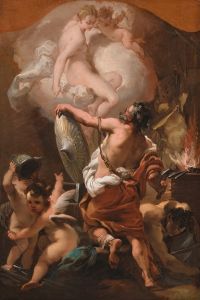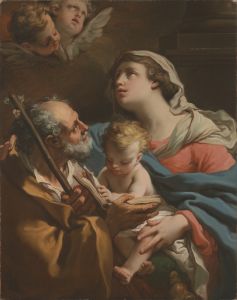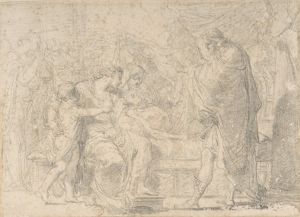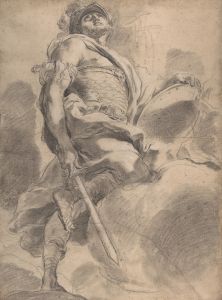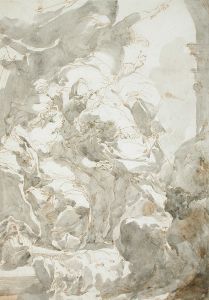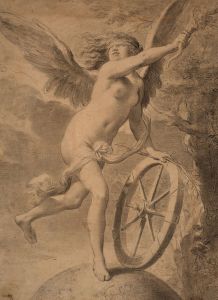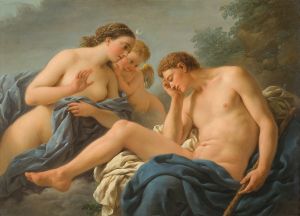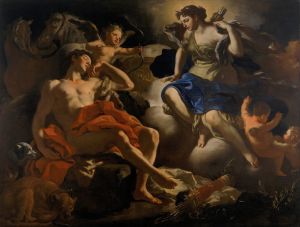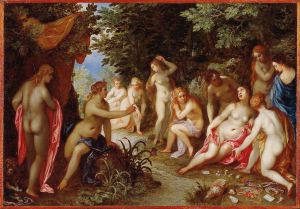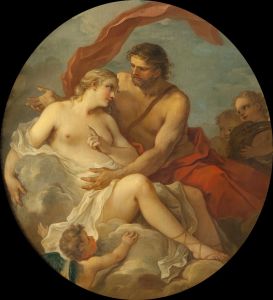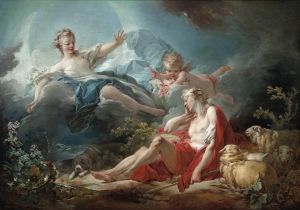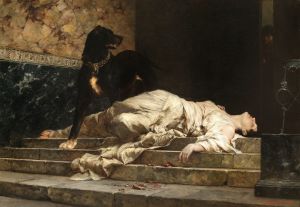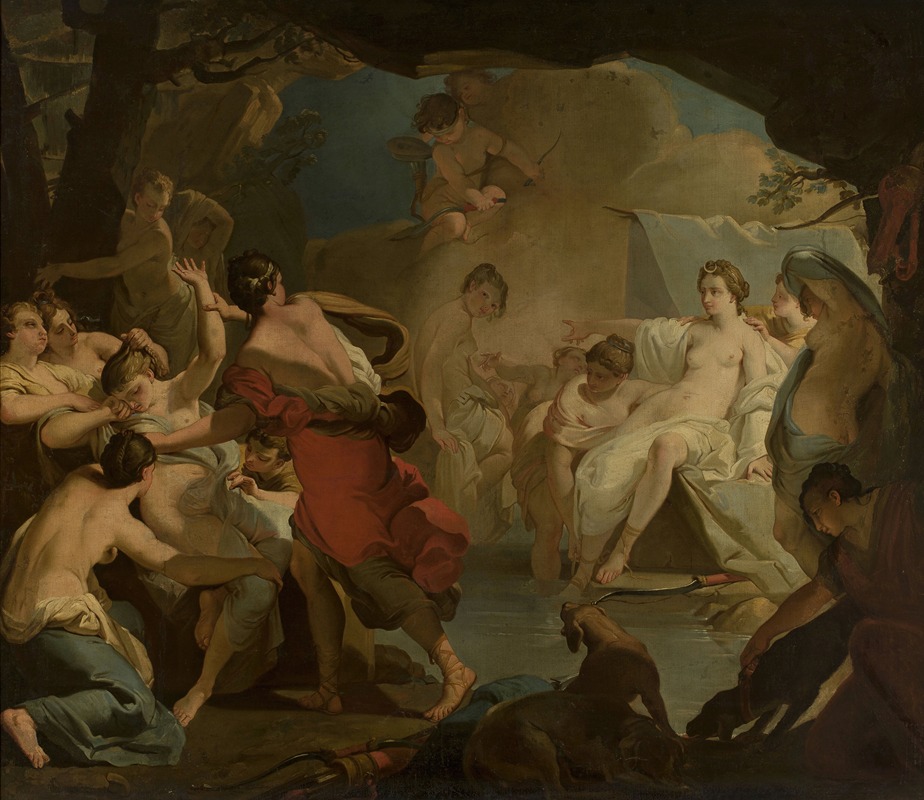
Diana’s judgement of the nymph Callisto
A hand-painted replica of Gaetano Gandolfi’s masterpiece Diana’s judgement of the nymph Callisto, meticulously crafted by professional artists to capture the true essence of the original. Each piece is created with museum-quality canvas and rare mineral pigments, carefully painted by experienced artists with delicate brushstrokes and rich, layered colors to perfectly recreate the texture of the original artwork. Unlike machine-printed reproductions, this hand-painted version brings the painting to life, infused with the artist’s emotions and skill in every stroke. Whether for personal collection or home decoration, it instantly elevates the artistic atmosphere of any space.
Gaetano Gandolfi's painting "Diana’s Judgement of the Nymph Callisto" is a notable work by the Italian artist, who was active during the late Baroque and early Neoclassical periods. Gandolfi, born in 1734 in San Matteo della Decima, near Bologna, was a prolific painter known for his dynamic compositions and vibrant use of color. He was part of a family of artists, including his brother Ubaldo Gandolfi, and he contributed significantly to the artistic landscape of 18th-century Italy.
"Diana’s Judgement of the Nymph Callisto" depicts a scene from classical mythology, a subject that was popular among artists of Gandolfi's time. The story of Callisto is derived from Ovid's "Metamorphoses," a Latin narrative poem that has been a rich source of inspiration for artists throughout history. In the myth, Callisto is a nymph and a follower of Diana, the Roman goddess of the hunt, wilderness, and chastity. Callisto's beauty catches the eye of Jupiter (Zeus in Greek mythology), who disguises himself to seduce her. As a result of this encounter, Callisto becomes pregnant, which leads to her expulsion from Diana's chaste entourage.
Gandolfi's painting captures the moment of Callisto's judgement by Diana. The composition typically features Diana in a commanding position, often surrounded by her other nymphs, as she confronts Callisto. The emotional intensity of the scene is conveyed through the expressions and gestures of the figures, a hallmark of Gandolfi's style. The artist's use of light and shadow enhances the drama of the moment, drawing the viewer's attention to the central figures and the unfolding narrative.
Gandolfi's work is characterized by its fluidity and grace, qualities that are evident in "Diana’s Judgement of the Nymph Callisto." His ability to convey complex emotions and interactions between figures is a testament to his skill and understanding of human expression. The painting reflects the influence of both the Baroque tradition, with its emphasis on movement and emotion, and the emerging Neoclassical style, which favored clarity and harmony.
Throughout his career, Gaetano Gandolfi produced a wide range of works, including religious, mythological, and genre scenes. His paintings are noted for their lively compositions and the delicate rendering of figures. Gandolfi's contribution to the art world extends beyond his paintings; he was also an accomplished draftsman and teacher, influencing a generation of artists in Bologna and beyond.
"Diana’s Judgement of the Nymph Callisto" is an exemplary piece that showcases Gandolfi's mastery of narrative art and his ability to bring mythological stories to life. The painting remains an important part of his oeuvre, reflecting both his artistic heritage and his personal style. While specific details about the painting's current location or provenance may not be widely documented, it continues to be appreciated for its artistic merit and its place within the broader context of 18th-century Italian painting.






